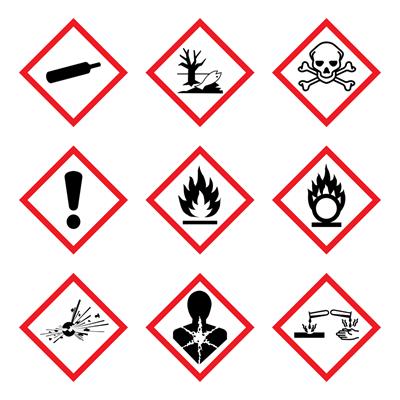PDF chapter test TRY NOW
Hazardous Wastes
Hazardous waste can be defined as waste with properties that make it dangerous or capable of having a harmful effect on human health or the environment.
- Radioactive substances: Nuclear waste, nuclear waste handling tools and unused fuel rods of nuclear power plants.
- Chemicals: Synthetic organics, inorganic metals, hydrocarbons, salts, acids and bases, and flammables and explosives.
- Biomedical wastes: Hypodermic needles, bandages, human waste, discarded medicines and cytotoxic drugs.
- Flammable wastes: Organic solvents, petroleum (oils), plasticisers and organic sludges.
- Explosives: The wastes resulting from ordnance manufacturing, fireworks, airbag inflators and some industrial gases.
- Household hazardous wastes: Pesticides, toilet cleaning acids, waste oil, automobile battery and household battery.

